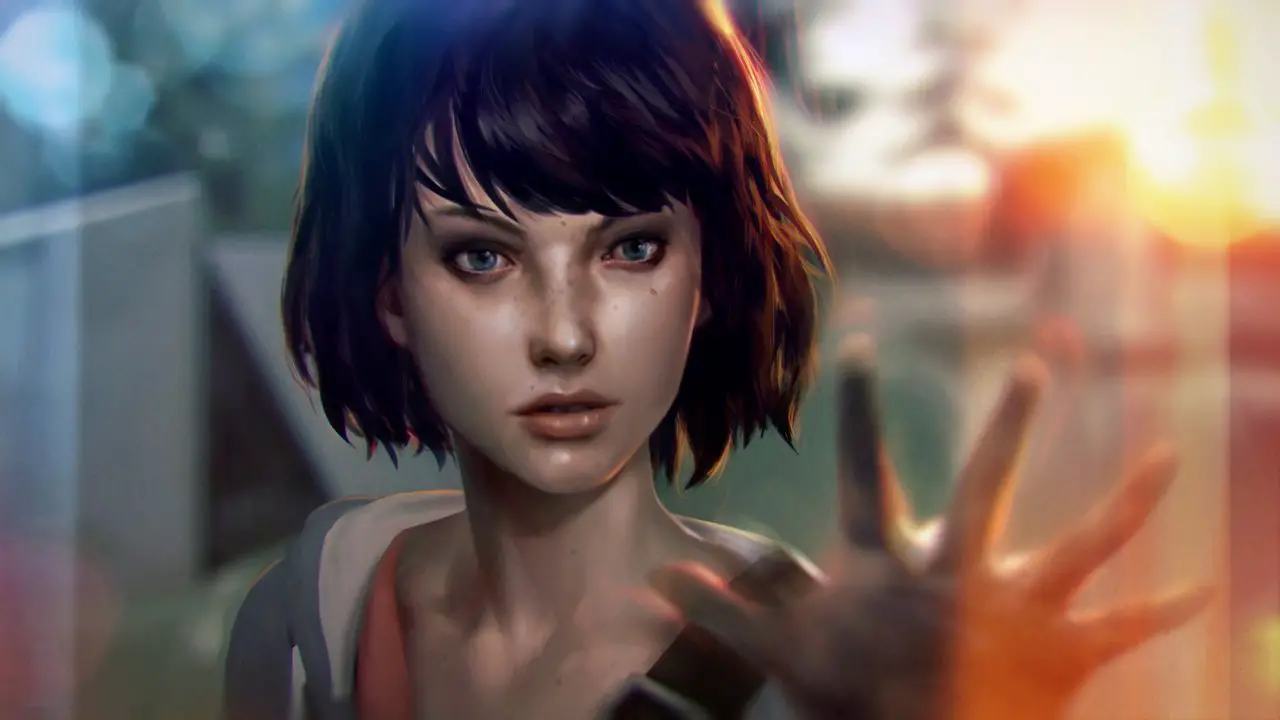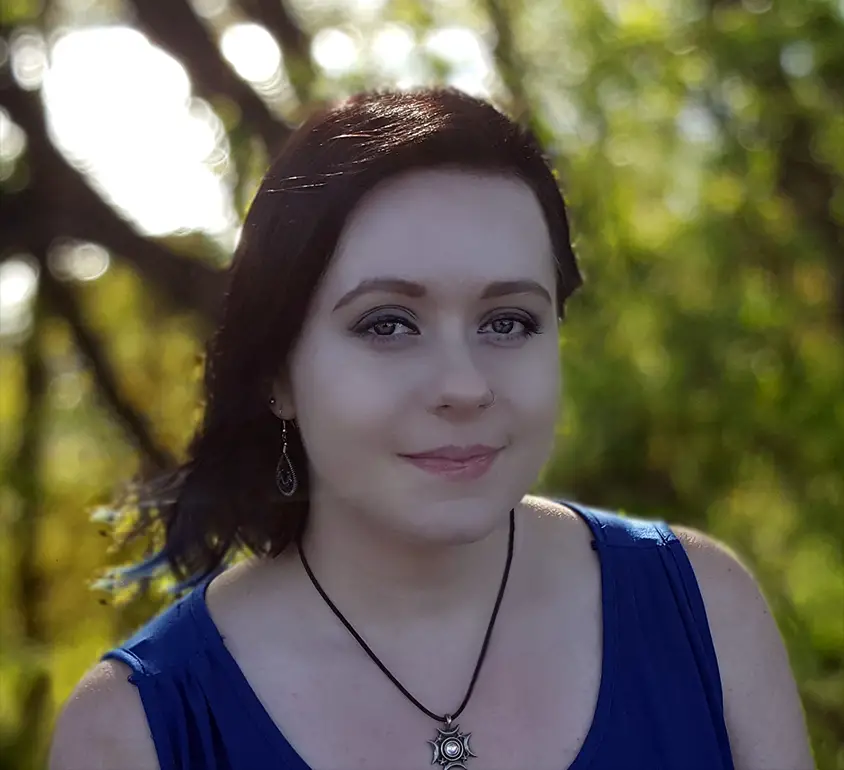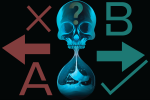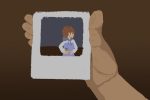Gamers who prefer first person shooters or high-stakes adventure games might think of the first “Life is Strange” game as an interactive movie about drama-loving high schoolers in the Northwest who use cringey slang. While the dialogue does come off contrived at times and the gameplay starts off with a fair amount of teen drama, the interactive game quickly delves into issues as serious as time itself.
The franchise consists of the original “Life is Strange,” its prequel, “Life is Strange: Before the Storm,” the free-to-play “The Awesome Adventures of Captain Spirit” and the upcoming “Life is Strange 2.”
The first two games share several characters, whereas “The Awesome Adventures of Captain Spirit” serves as an introduction to characters that will be featured in “Life is Strange 2.” Despite the differences in characters and plot, all of the games take place in the same universe and succeed at providing both a fantastical and realistic narrative that tugs at players’ heartstrings.
With “Life is Strange 2” coming out this upcoming September, there’s no better time to catch up on the plotlines running throughout the series and highlight the narrative’s best features.
The Series
“Life is Strange”
The playable protagonist in the first game is Max Caulfield, an introverted photographer and recently accepted senior at the prestigious Blackwell Academy, who discovers she has the ability to rewind time. Aside from her newly-discovered temporal powers, much of the five-episode game revolves around Max’s rekindled friendship with her old best friend, the sarcastic, blue-haired punk rocker Chloe Price.
In addition to Max saving Chloe multiple times from what seems like a fated demise, there is the underlying mystery of what happened to the missing Rachel Amber, popular girl and close friend (and possibly more than that) of Chloe’s.
“Before the Storm”
Unlike the other games in the franchise, prequel “Life is Strange: Before the Storm” wasn’t made by developer Dontnod Entertainment, but by Deck Nine Games.
The three-episode game explores the blossoming friendship between Chloe and Rachel as they work through their family issues together a few years before Max comes back into her former friend’s life.
“Captain Spirit”
In “The Awesome Adventures of Captain Spirit,” players step into the shoes of Chris Eriksen, a 9-year-old boy who uses his love of superheroes and magical worlds to escape his familial problems. The game is short, but satisfying. Players learn more about Chris, his alcoholic dad, what happened to his mom and his potential real-life super powers.
“Life is Strange 2”
So far, the public knows that Chris Eriksen will be featured in “Life is Strange 2,” although it is not clear if he will be the playable protagonist. Additionally, choices players made in “Captain Spirit” will be carried over.
Noteworthy Narrative Features
Real Issues
The “Life is Strange” series deals with myriad complex and hard-hitting issues. The first game alone deals with suicide, disability, drug use, assault and grief.
Unlike in a movie, not only do players watch these situations unfold, but also their moral decisions have a meaningful impact. For example, a scene in the original “Life is Strange” deals with assisted suicide. It was one of the hardest decisions I’ve had to make in a video game.
Representation
“Life is Strange” and “Life is Strange: Before the Storm” provide much needed representation when it comes to the LGBTQ community. Both games go beyond labels and focus on the connection and feelings between individuals.
While no character explicitly discusses their sexuality, it is clear that Chloe is interested in women, and as Max, players have the ability to show romantic interest in Chloe.
In “Life is Strange: Before the Storm,” the romantic connection between Rachel and Chloe is more explicit. Chloe clearly shows interest, and depending on your choices as a player, Rachel is interested in Chloe as well. Minor character Steph Gingrich is also interested in girls, as evidenced by one of Chloe’s letters to Max, as well as Steph’s behavior towards Rachel.
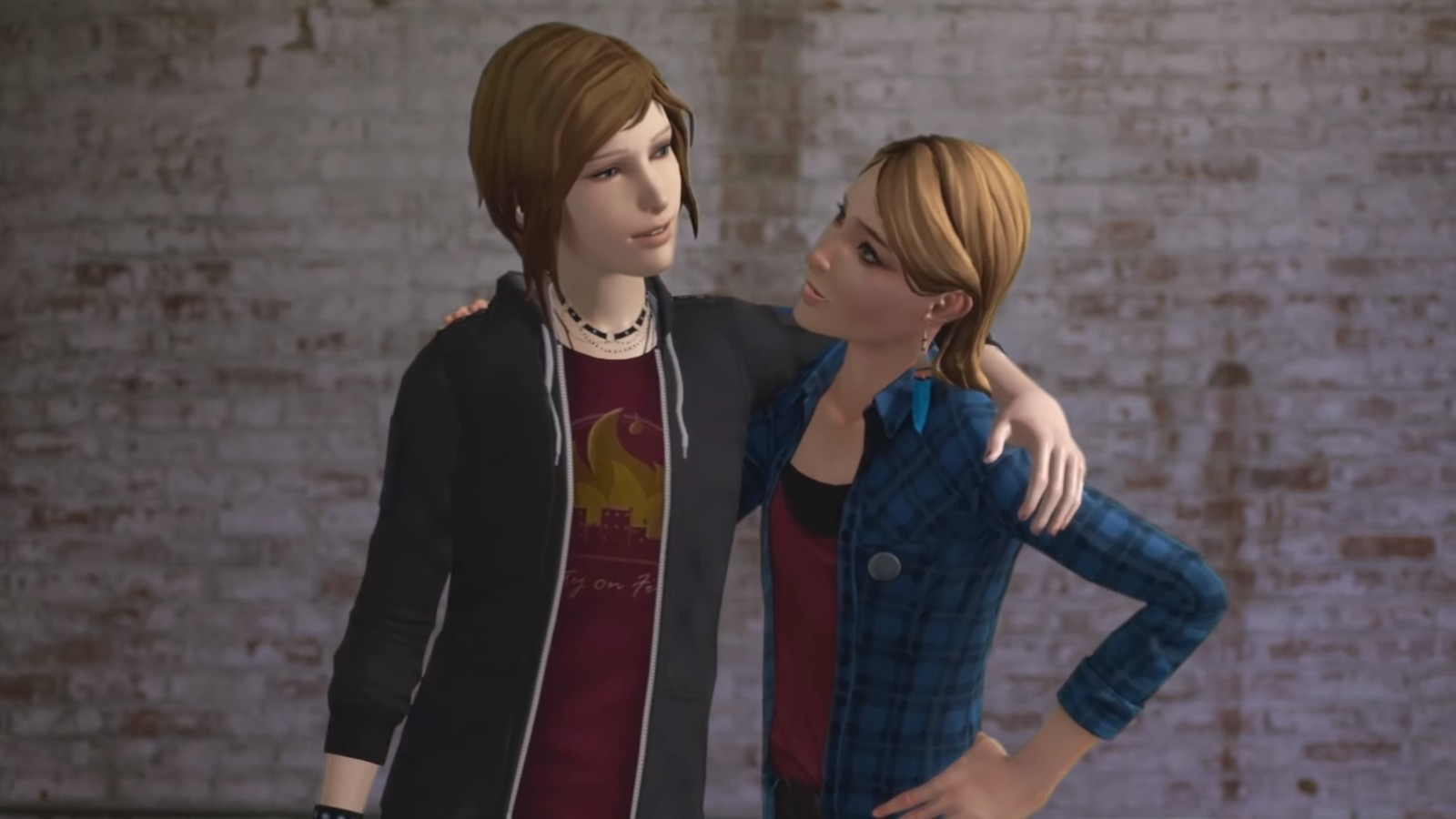
Additionally, both games feature numerous strong female characters, a refreshing change from the standard domination of male protagonists in video games. The majority of the characters in the first two games are empowered women. Student Victoria Chase is determined to succeed at photography and Joyce Price works long hours to support her daughter Chloe (despite her often ungrateful attitude).
Details
As far as narrative environments go, the more detail, the easier it is for players to become immersed. The Dontnod and Deck Nine artists did a brilliant job of creating lifelike and aesthetically appealing settings.
One especially intriguing scenery is Rachel’s bedroom from the third episode of “Life is Strange: Before the Storm.” Before then, players knew Rachel had a magnetic, if unstable, personality. Yet, she was quite enigmatic. Getting to look around Rachel’s bedroom as Chloe offers an insight into Rachel’s interests and background. Each document, trinket and astrology poster helps piece together who Rachel Amber truly is.
Each game adds to its ambience by featuring gorgeous music — mostly acoustic indie tunes with lyrics and melodies that leaves players feeling nostalgic and melancholic. One such example is “Obstacles” by French band Syd Matters.
Rewinding Time
For the most part, the game mechanics in the series are standard for an interactive narrative game — WASD to walk and mouse click to interact and select dialogue options. However, the first game’s rewinding time mechanic is interesting and makes the decision process unique. Players can assess two options and then choose the one which appears to have the better outcome (although it’s not always apparent which that is). In true butterfly effect fashion, even minor choices can ripple and effect other aspects of the game.
“Life is Strange: Before the Storm” offers players a more stripped-down, vulnerable experience without any powers. The interaction between Chloe and Rachel is what makes it shine. The game is the epitome of the old adage about it not being about the destination, but the journey. After playing the first game, players know Rachel and Chloe’s fate, but experiencing their journey is what it’s all about.
Characters
One reason the games are so effective is because of their well-written and endearing characters. The realistic issues depicted wouldn’t be impactful in a vacuum, but when intertwined with these multi-faceted characters and relationships, the meaningful messages are sure to stick with players.
The antagonists in the games inhabit a morally grey area (except for a certain teacher who shall remain nameless). One of Max’s rivals from the first game, Nathan Prescott, bullies Blackwell students. Yet, players discover that Nathan is misunderstood, and that he has reasons for his unseemly behavior. Nathan’s dad bullies him, and he in turn repeats the behavior toward his peers. Players also discover Nathan’s mental illness and reliance on medicine.
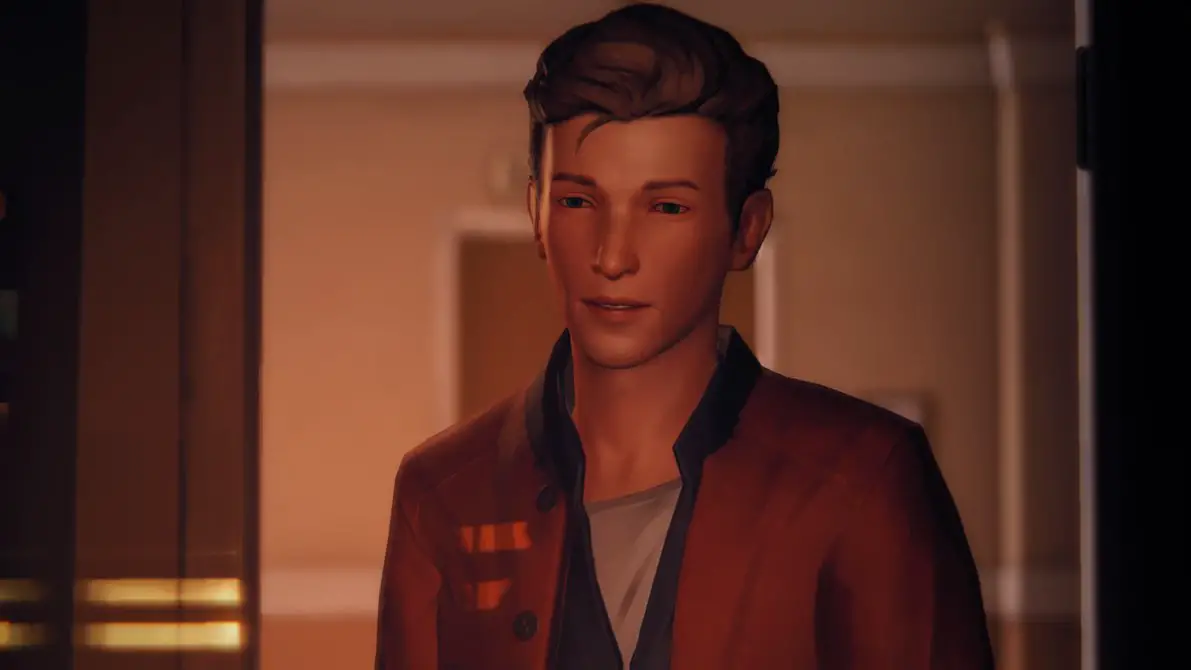
Chloe’s stepdad, David Madsen, is extremely strict, but it is later revealed he’s a war veteran with PTSD who just wants what’s best for his new family, even if installing security cameras in his own home may not have been the best way to show it.
In “The Awesome Adventures of Captain Strange,” Chris’ dad, Charles, doesn’t succumb to the villainous alcoholic dad stereotype — at least not too much. His love for his son is evident, despite his occasional cursing and the implication that he once grabbed his son’s arm too hard, leaving him bruised. Charles’ struggles are understood more as the tragic story of his wife’s car accident comes to light. Unfortunately, after indulging in numerous beers and some whisky at the end of the episode, Charles becomes aggressive, raising his voice at Chris and saying hurtful things.
Relatability
All of these elements blend together to create the narrative masterpiece that is the “Life is Strange” franchise, but there is one ingredient in particular that adds the must needed seasoning — the relatability.
Sure, it’s fun to play as a government operative on a tactical mission or a member of the mafia, but everyone can relate to being 18-year-olds navigating school, family and friendships. Granted, I doubt any player has discovered they can rewind time.
Moreover, many video games provide players with a blank slate protagonist in order to make it easier for them to empathize. The “Life is Strange” franchise turns anonymity on its head by casting players as the developed character Max. Her room decorations, interactions and text messages allow players to become involved in her world as well as her relationship with Chloe. It helps that Max is a pretty relatable character — she’s shy, and trying to find herself while riddled with insecurities.
Players can only hope that “Life is Strange 2” will continue the franchise’s tradition of having emotionally complex characters, beautiful scenery and real issues that players can interact with. The first episode of the episodic game debuts Sept. 27.


